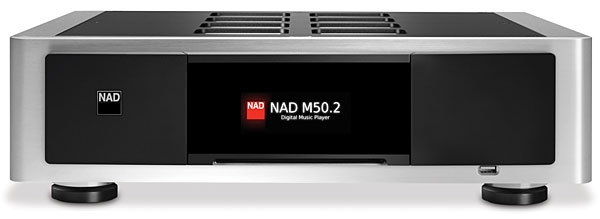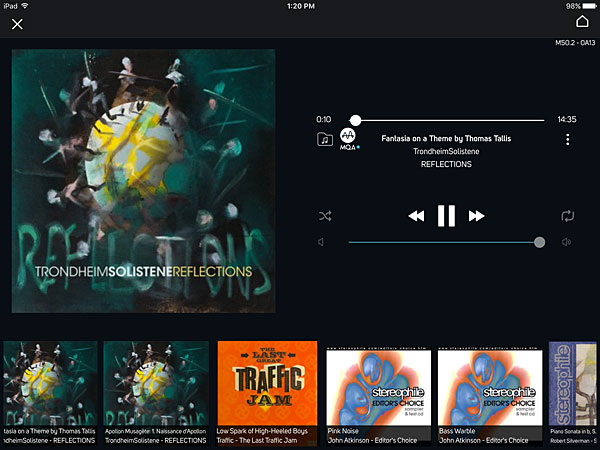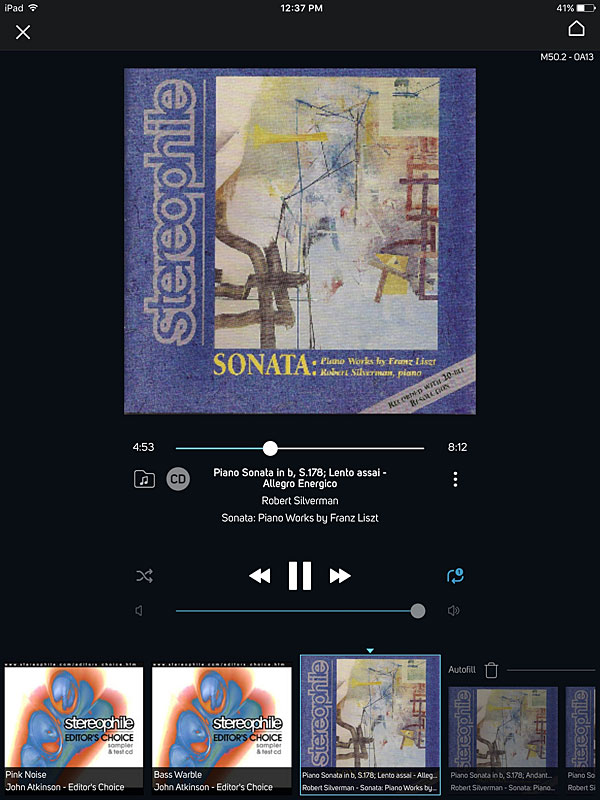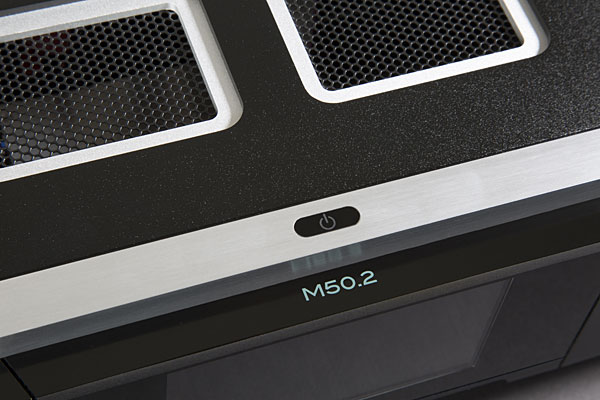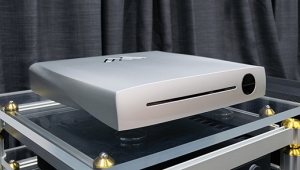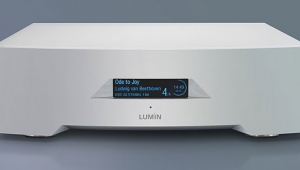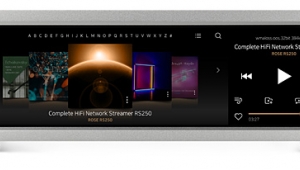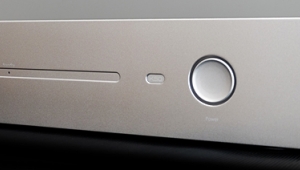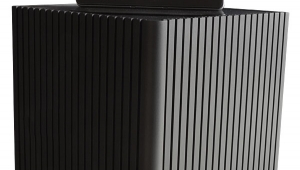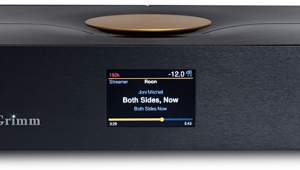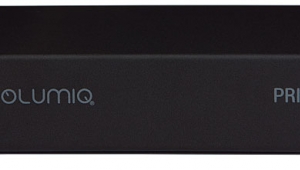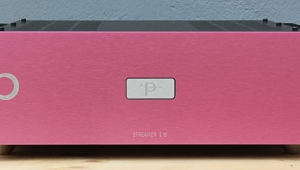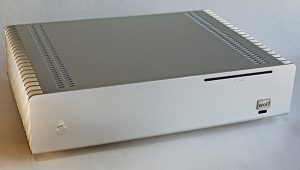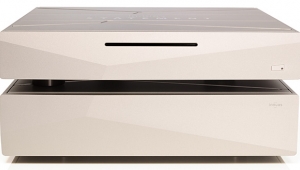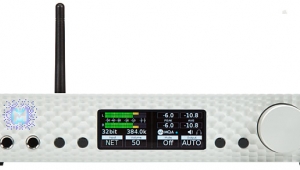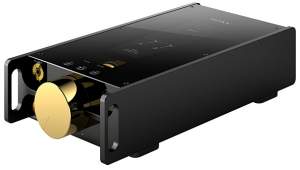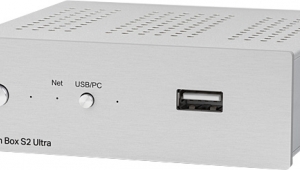| Columns Retired Columns & Blogs |
I enjoyed the review of the M50.2 as it was very informative. At the end of the review Mr. Atkinson said the M50.2 offered essentially the same functionality as the more expensive Antipodes and Aurender servers. I noted the absence of any comparison of sound quality between the M50.2 and the other servers. It would interesting to know how close the NAD is to the others in sound quality. In the Stereophile recommended components review, you were quoted as saying the NAD offered sound quality indistinguishable from the other servers, but I couldn't find that in your review. If you have a chance, could you address this point? Thank you very much!
